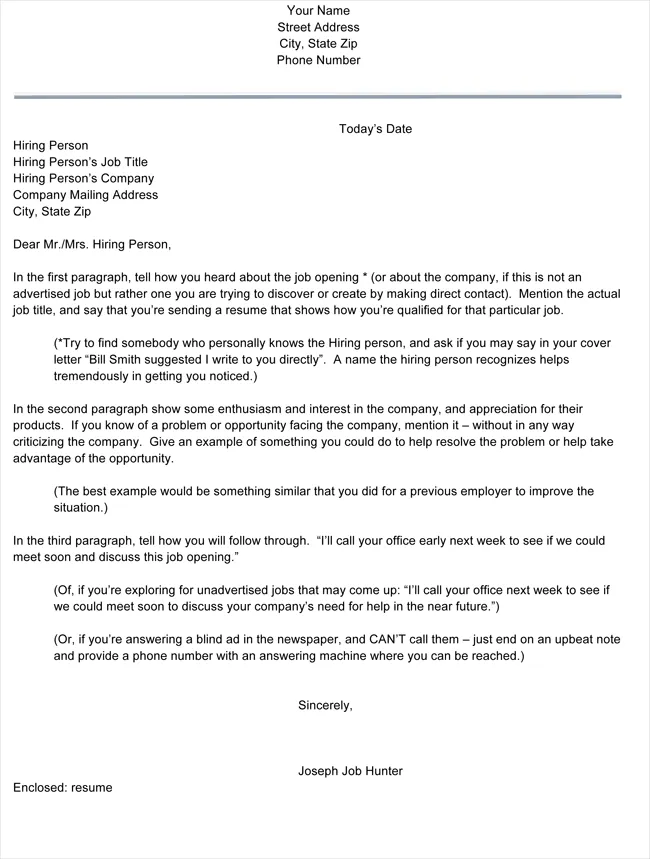What is a Cover Letter in Resume
In the realm of job applications, a cover letter serves as your first formal introduction to a potential employer. Think of it as a personalized marketing document that accompanies your resume. Its primary aim is to express your interest in a specific position, elaborate on your qualifications, and showcase your unique value proposition. Unlike a resume, which provides a snapshot of your professional history, a cover letter gives you the opportunity to tell a story, highlighting how your skills and experiences align with the job requirements and the company’s goals. It’s a crucial tool for making a positive first impression and persuading the hiring manager to delve deeper into your qualifications.
Defining the Cover Letter
A cover letter is a one-page document that you submit as part of your job application. It complements your resume by providing more detailed information about your skills, experiences, and why you’re the perfect fit for the role. It is not a mere repetition of the information in your resume; rather, it’s an opportunity to elaborate on specific achievements, explain any gaps in your employment history, and demonstrate your understanding of the company and the position. A well-crafted cover letter is concise, engaging, and tailored to the specific job, setting you apart from other candidates.
Purpose of a Cover Letter
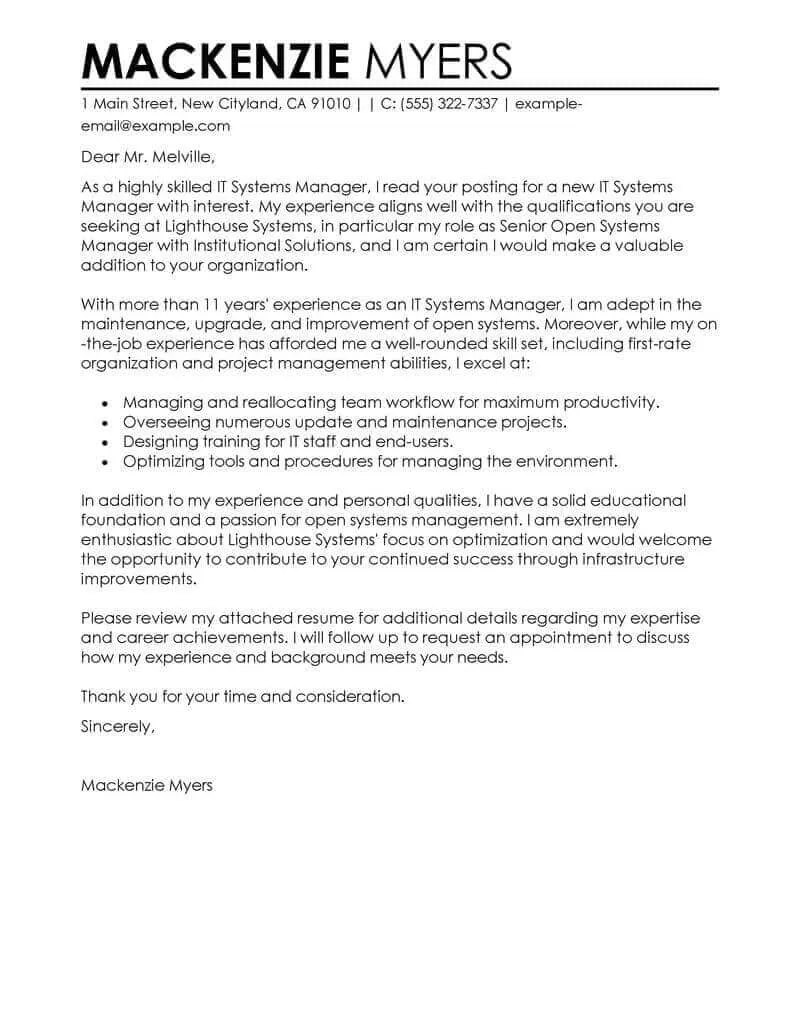
The main purpose of a cover letter is to persuade the hiring manager to read your resume and consider you for an interview. It allows you to connect your skills and experiences to the job requirements, showing how you can contribute to the company’s success. A cover letter also provides a platform to demonstrate your enthusiasm for the position and the organization, showcasing your personality and communication skills. It’s an opportunity to address any specific concerns or explain unique circumstances that might influence the hiring decision, ensuring your application stands out from the crowd.
Cover Letter vs Resume Differences
While both a cover letter and a resume are essential components of a job application, they serve different purposes. A resume is a concise summary of your professional and educational background, outlining your skills, experience, and achievements in a structured format. It’s a factual document designed to provide a quick overview of your qualifications. A cover letter, on the other hand, is a more narrative and personalized document. It’s a chance to elaborate on your skills, explain why you are interested in the specific job and company, and express your unique value proposition. The cover letter adds context and personality to your application, while the resume provides the essential details.
Top 5 Facts about Cover Letters
Fact 1 Emphasize Your Value
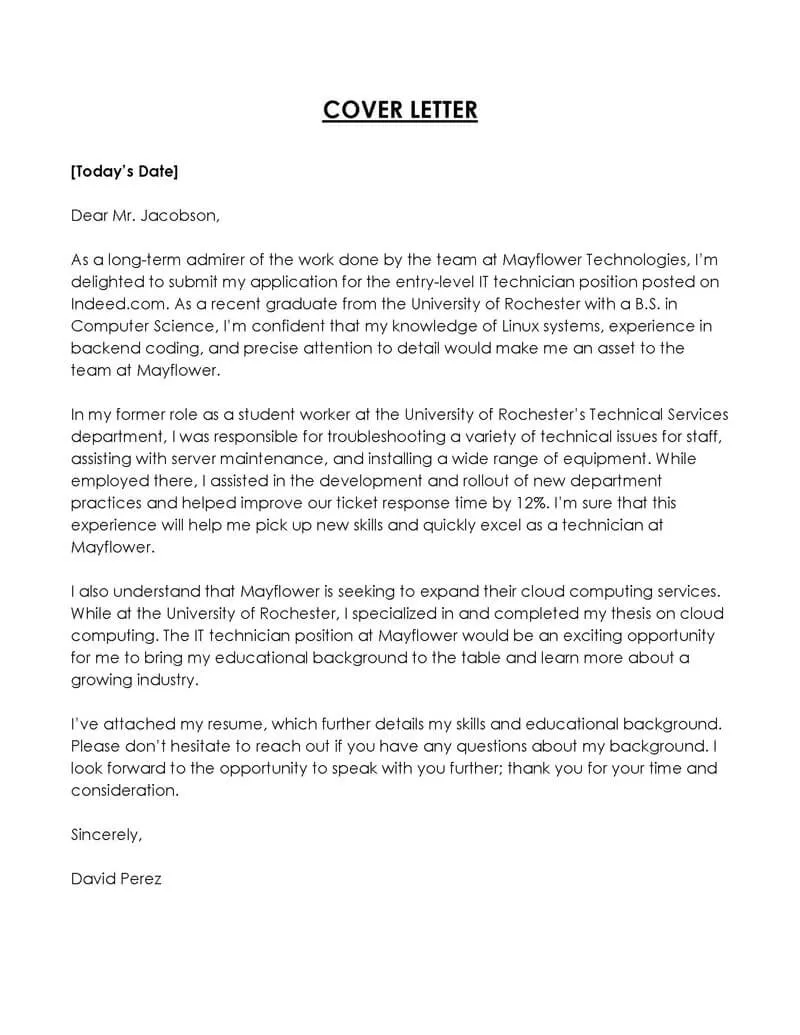
A compelling cover letter should highlight your key skills and achievements, demonstrating how you can solve the employer’s problems and contribute to their success. Focus on the value you bring to the table, rather than just listing your past job responsibilities. Use specific examples and quantifiable results to showcase your accomplishments. For instance, if you increased sales in a previous role, mention the percentage or dollar amount. This shows potential employers the concrete benefits of hiring you.
How to Highlight Skills and Achievements
To effectively highlight your skills and achievements, start by reviewing the job description carefully. Identify the key requirements and match your experiences to those needs. Use action verbs to describe your accomplishments, such as “managed,” “developed,” “implemented,” and “achieved.” Provide specific examples that illustrate your skills in action. For example, instead of saying you have strong communication skills, describe a situation where you successfully negotiated a deal or presented a project proposal.
Fact 2 Tailor to Each Application
Generic cover letters are easily spotted and often discarded. Tailoring your cover letter to each specific job is crucial. This involves researching the company, understanding the role, and customizing the content to align with their specific needs and values. Addressing the hiring manager by name, if possible, also shows that you’ve taken the time to research the company and are genuinely interested in the position. Generic cover letters signal a lack of genuine interest and can be a quick way to get your application rejected.
Why Personalization Matters
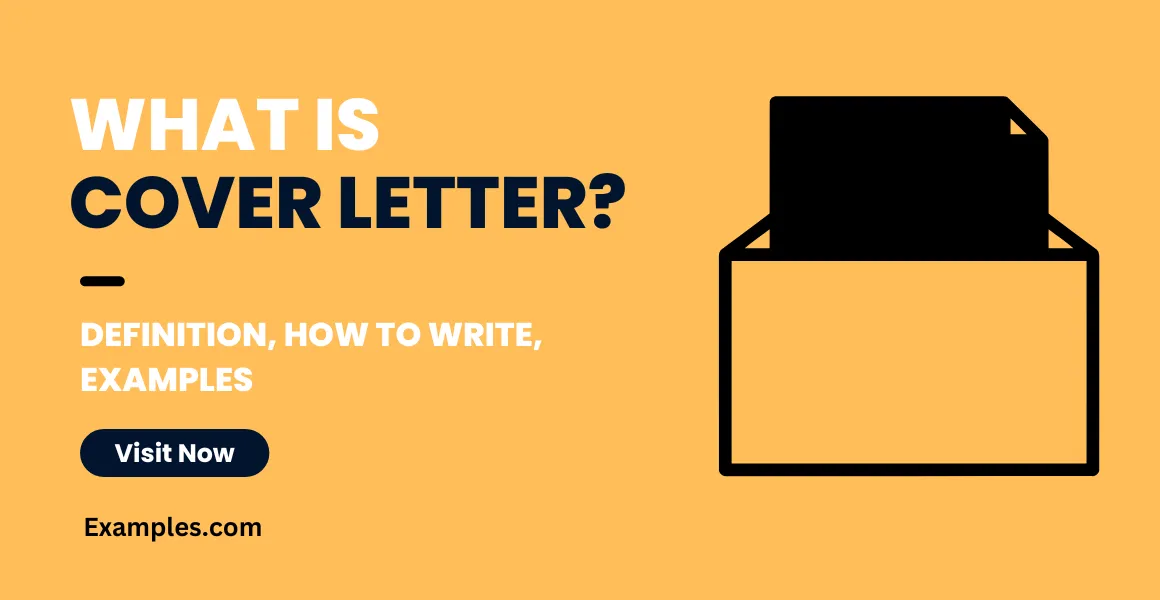
Personalizing your cover letter shows that you are genuinely interested in the specific job and company. It demonstrates that you’ve taken the time to understand their needs and are committed to contributing to their success. This can be as simple as mentioning a specific project the company is working on, or expressing excitement about a new initiative. Addressing the hiring manager by name and using the company’s name in the letter are small but effective ways to show that you’ve paid attention and are serious about the opportunity.
Fact 3 Showcase Your Personality
While maintaining a professional tone is essential, don’t be afraid to let your personality shine through in your cover letter. The goal is to stand out and make a memorable impression. Share your enthusiasm for the role and the company, and use your writing style to demonstrate your communication skills. Your personality helps the hiring manager get a sense of who you are beyond your qualifications, which can be a significant factor in the decision-making process.
Tips for a Professional Tone
Maintain a professional tone by using formal language, avoiding slang or jargon, and proofreading carefully for any grammar or spelling errors. Be respectful in your language and avoid overly casual or informal phrasing. Focus on showcasing your professional skills and experience in a clear and concise manner. Always address the hiring manager appropriately and ensure that your cover letter reflects a polished and professional image.
Fact 4 Address Specific Job Requirements
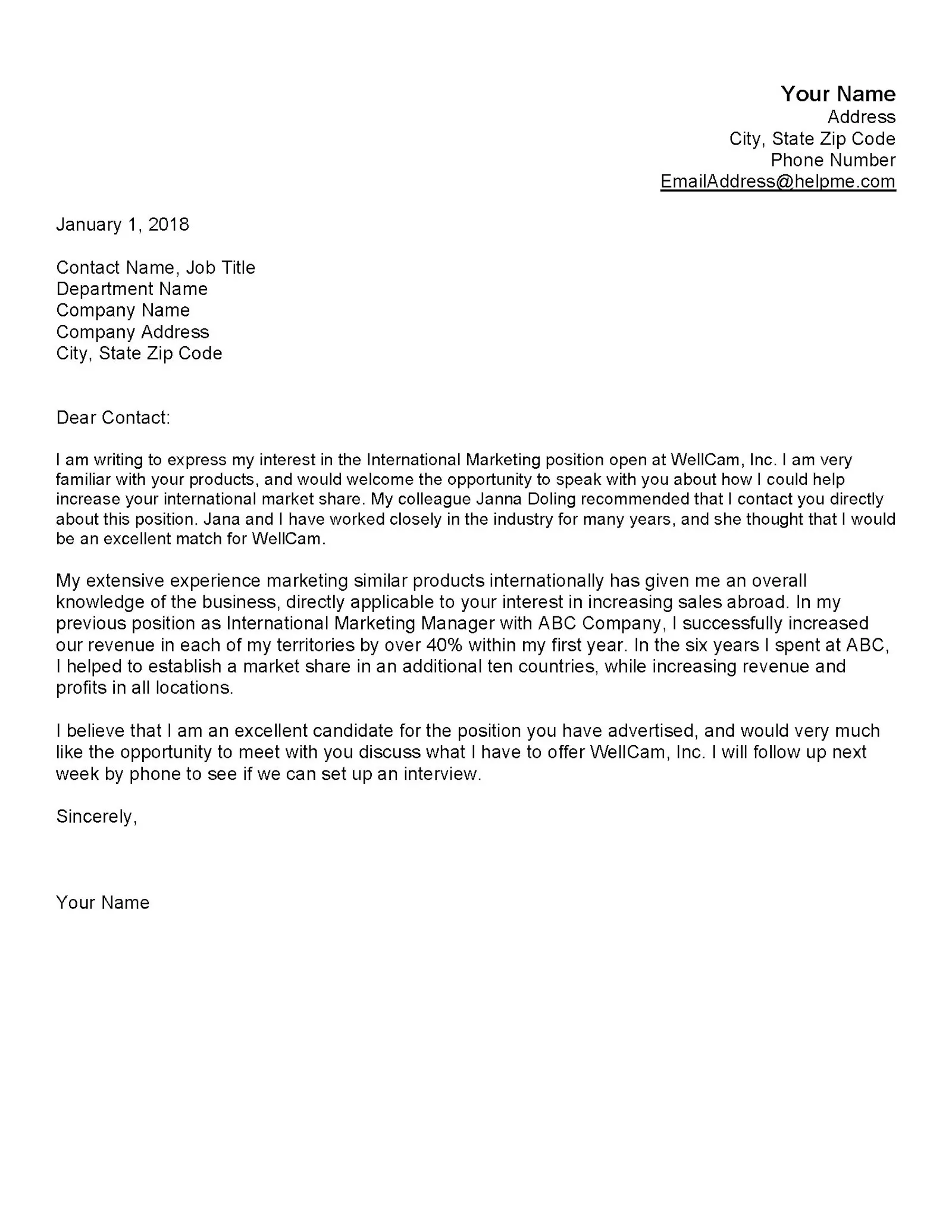
Your cover letter should directly address the specific requirements outlined in the job description. Highlight the skills and experiences that align with the role and explain how you meet those requirements. Don’t just repeat your resume; provide context and elaborate on your accomplishments. Use the language of the job description and mirror the keywords that are relevant to the position. This helps the hiring manager quickly see that you are a good fit for the role.
Keywords Integration
Integrate keywords from the job description naturally into your cover letter. This can help your application pass through applicant tracking systems (ATS) and capture the hiring manager’s attention. However, avoid keyword stuffing; ensure that the keywords are used in a contextually relevant manner. For example, if the job description mentions project management skills, incorporate the phrase “project management” naturally within a sentence describing your experience in that area.
Fact 5 Structure and Formatting
A well-structured and formatted cover letter is easy to read and makes a positive impression. Use a standard business letter format with a clear header, salutation, body paragraphs, and closing. Keep the letter concise, ideally one page, and use clear and professional fonts like Times New Roman or Arial. Ensure that your cover letter is free of grammatical errors and typos. Use formatting to enhance readability, such as bullet points to highlight key accomplishments or skills.
Recommended Cover Letter Structure
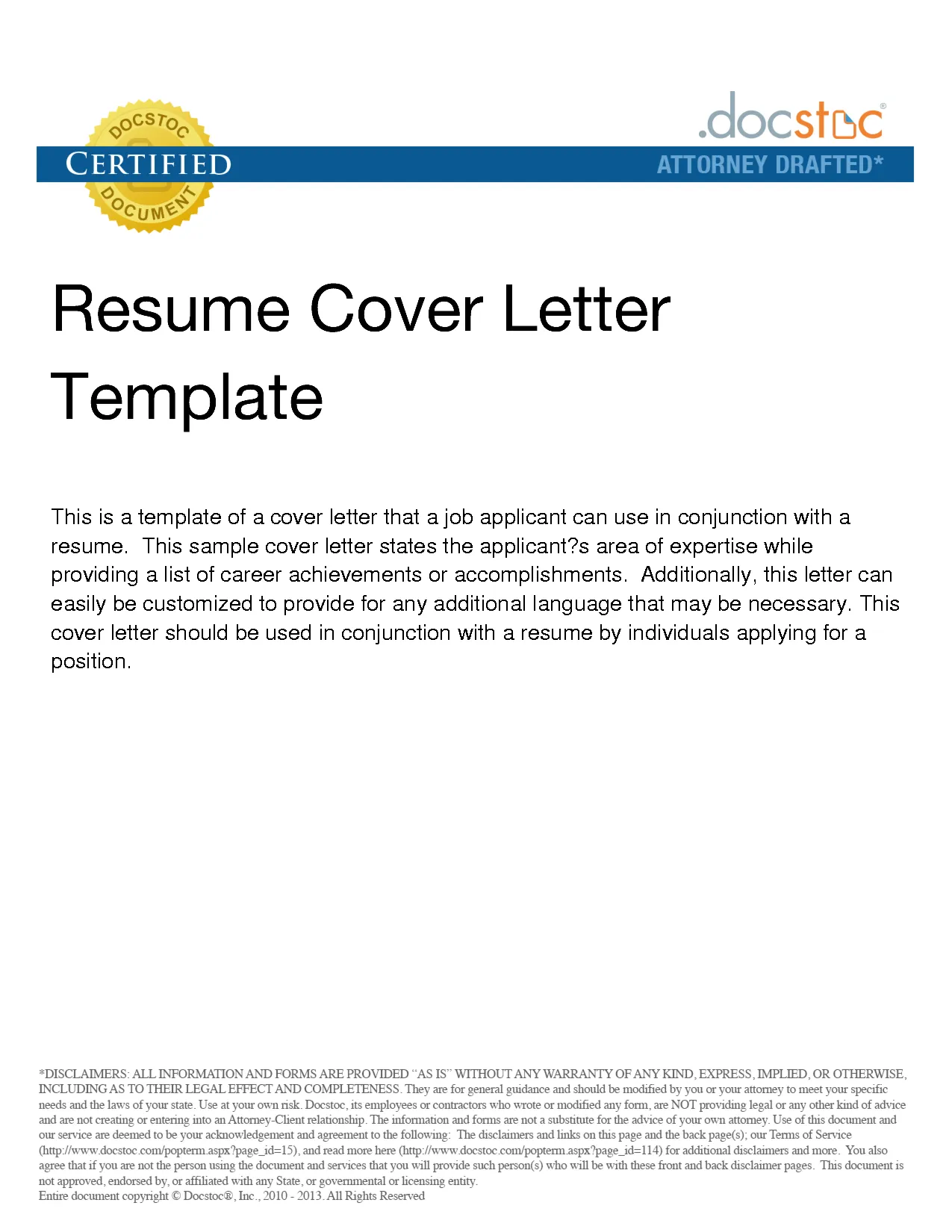
Begin with a professional salutation, addressing the hiring manager by name if possible. In the first paragraph, state your purpose for writing and mention the specific position you are applying for. The body paragraphs should highlight your relevant skills and experiences, providing examples and quantifiable results. In the closing paragraph, express your enthusiasm, reiterate your interest, and include a call to action, such as requesting an interview. Always proofread your cover letter for any errors before submitting.
Cover Letter Examples
Example 1 Entry-Level Position
A cover letter for an entry-level position should emphasize your enthusiasm, relevant coursework, internships, or volunteer experiences. Highlight transferable skills such as communication, problem-solving, and teamwork. Show your eagerness to learn and grow within the company. Use examples from your academic or extracurricular activities to showcase your abilities. Mention any relevant projects or achievements, even if they are not directly related to the job.
Example 2 Experienced Professional
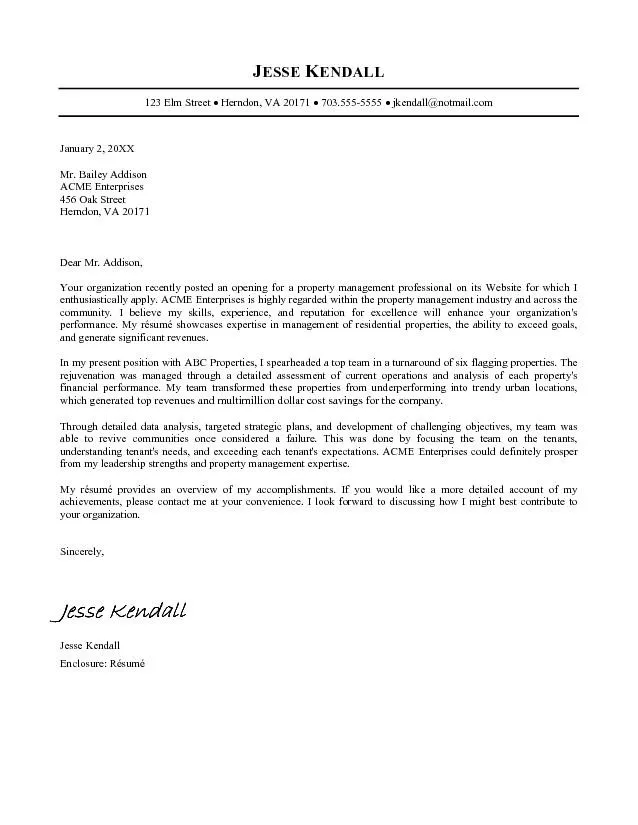
For experienced professionals, a cover letter should focus on your key accomplishments and how they align with the job requirements. Provide specific examples of your successes, quantifying them whenever possible. Show how your experience has prepared you for the role and how you can contribute to the company’s goals. Tailor the letter to the specific job and company, and address any unique qualifications or skills that set you apart from other candidates.
Example 3 Career Change
When making a career change, your cover letter should explain your reasons for the change and highlight your transferable skills. Focus on how your previous experiences have equipped you with the skills needed for the new role. Explain how your passion for the new field has led you to pursue this opportunity. Address any potential concerns about your lack of direct experience by emphasizing your willingness to learn and your dedication to success in the new role.
Key Takeaways
A well-crafted cover letter is crucial for making a strong first impression and increasing your chances of landing an interview. By emphasizing your value, tailoring your letter to each application, showcasing your personality, addressing job requirements, and following proper structure and formatting, you can create a cover letter that helps you stand out from the competition and secure your dream job. Remember to always proofread and edit your cover letter for any errors before submitting it.
